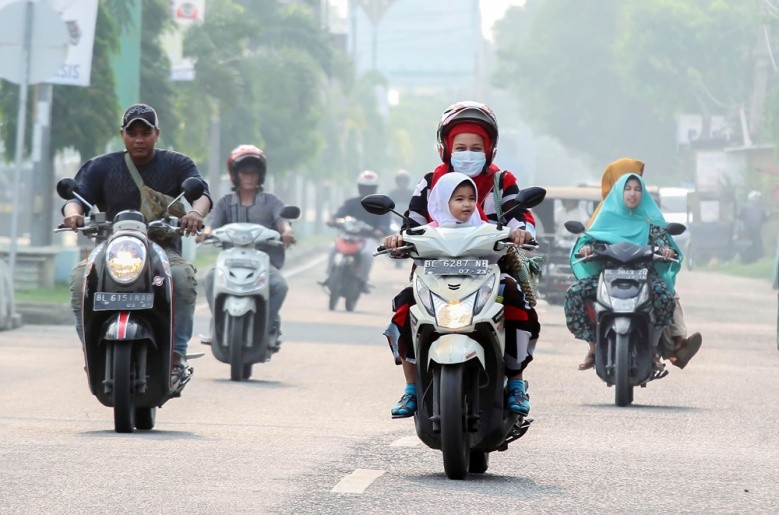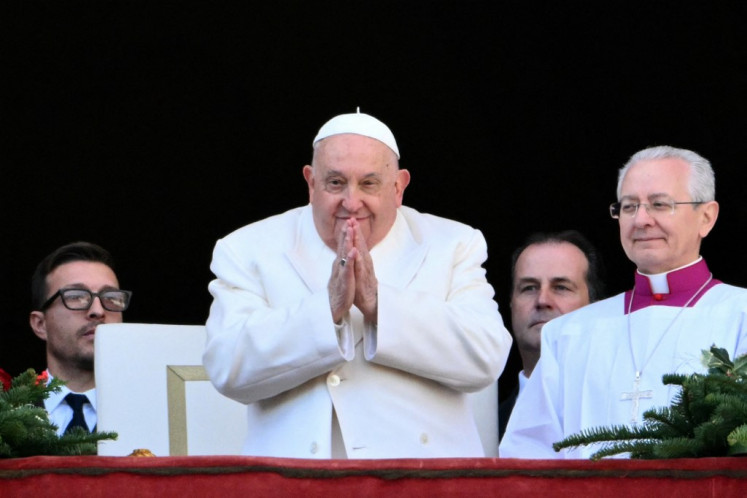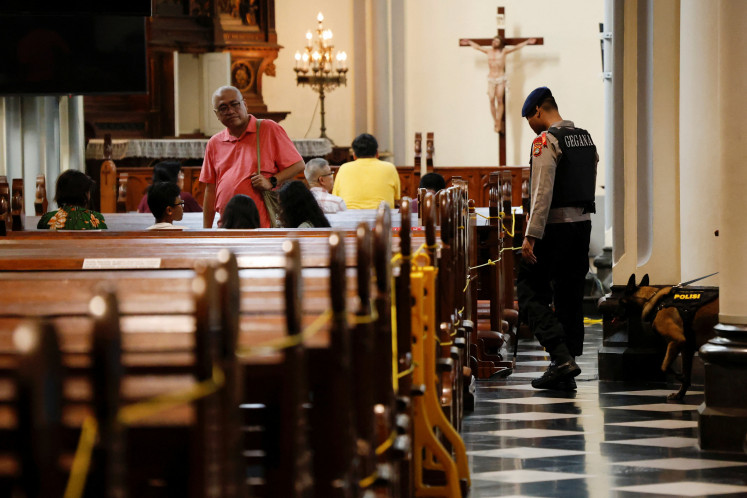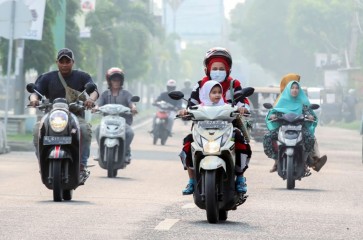Popular Reads
Top Results
Can't find what you're looking for?
View all search resultsPopular Reads
Top Results
Can't find what you're looking for?
View all search resultsIt is not that hard to prevent children from dying of pneumonia
In the era of health science and technology progress, why is the number of child deaths because of pneumonia still high?
Change text size
Gift Premium Articles
to Anyone
W
orld Pneumonia Day on Nov. 12 was commemorated for a reason. Pneumonia is the world’s biggest infectious killer for children under 5 years old, and the second killer in Indonesia (after deaths due to preterm birth).
According to research by Save the Children United Kingdom, titled "Fighting for breath: A call to action on childhood pneumonia", two children per minute die from pneumonia globally. The most recent report, "Fighting for Breath Call to Action: End childhood pneumonia deaths" published on Nov. 8, mentioned that Indonesia ranked as the country with the sixth-highest pneumonia burden, with a mortality rate among under 5-year-olds of four per 1,000 live births caused by pneumonia in 2018. In the era of health science and technology progress, why is the number of child deaths because of pneumonia still high?
Pneumonia is a form of acute lower respiratory tract infection that occurs when viruses, bacteria or other microorganisms cause inflammation of the lungs. The symptoms in children are coughs, fever, fast breathing and contraction of the lower chest wall. Children are more vulnerable to pneumonia due to their immature immune system and small airways.
Preventing and protecting children from getting pneumonia is not hard. To prevent pneumonia, we need to increase vaccination coverage, reduce air pollution, improve access to safe water, sanitation and hygiene. To protect children from pneumonia, we need to ensure adequate nutrition and improve breastfeeding practices. When the child is already sick, they can recover with the right treatment.
The above report identifies some reasons why childhood pneumonia persists.
First, low coverage of the pneumococcal conjugate vaccine (PCV). In the three countries with the highest number of pneumonia deaths, Nigeria, India and Pakistan, PCV coverage is only 57 percent, 6 percent and 79 percent respectively.
Second, air pollution. Household air pollution from cooking and heating contributes to 62 percent of air pollution-related child pneumonia deaths, while the rest, 38 percent, is from outdoor pollution.

















